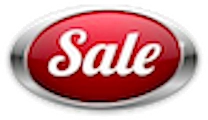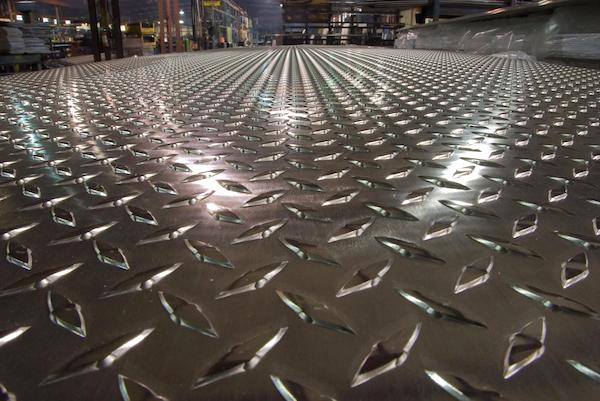Should-a Bought a Crystal Ball

Watch sparks fly in pricing.
Welcome to the world of business terms. Today’s phrase toward a more powerful vocabulary: “should cost.”
A should cost is what the widget should cost. As in: “This is the should cost of the widget.”
Let’s forget for a moment that they’ve turned a verb into an adjective. It’s the most horrifying grammar invasion since they turned the word “party” into a verb. English majors everywhere are cringing.
In business, should cost is “a projection of the total cost of a given component if efficient manufacturing and distribution practices are followed. A robust estimate will need to account for a plethora of factors including labor, materials, overhead, and profit margin.”
We emphasize the word “projection.” aPriori, a company providing digital manufacturing simulation software, frames the situation this way:
“A product’s underlying cost drivers can be quite complex, and any should cost model is attempting to calculate projections for market-driven costs that can change by the day. Anything from a change in the price of steel to a new union contract for welders halfway around the globe can suddenly and dramatically alter a product’s current cost.”
Then there’s this: “If the same part specification is sent to three different suppliers, we often expect a variance in quotes of +/-40%.”
Whether or not that surprises you, price differentials are a real ⏤ and often dramatic ⏤ thing. The price of a Big Mac, for example, is not at all constant. Pay $6.80 in Switzerland for the same two all-beef patties you can get for $1.67 in Ukraine. (Caution: a flight from Switzerland to Ukraine for the cheaper burger will add about $230 to your meal.)
Which brings us to the price of steel. Which, as it were, is our bread and butter. We’ve explored the recent steel surcharge that’s affecting a large number of manufacturers and industries, in part as a result of the wide swing in supply-and-demand as the world negotiates its way through what we hope is the post-COVID transition.
We don’t know if that surcharge is a should cost snarling its way into the mix or a real cost waiting for the bubble to pop. Either way, our factories have been passing through to us a “steel surcharge” on new yard ramps. And we have been passing through this charge to our customers without markup.
Most all businesses that provide services or material goods compete on pricing. And here’s where our business model gives The Yard Ramp Guy a quality advantage. Our “most favored nation” status with our trusted and valued manufacturers continues to work to everyone’s advantage.
Even with the steel surcharge, business continues to be strong. Companies run their versions of should costs for yard ramps, and they see our competitive, often industry-leading price points, and they continue to buy from us. We keep our manufacturers busy. We bring business to the freight industry and to local turnkey service operators for off-loading and installation. And businesses continue to streamline their operations.
Everybody wins.
 From The Ramp Rules Blog:
From The Ramp Rules Blog:
This week, our man McCoy Fields sees trains on highways. And he’s not making anything up.
Click HERE to catch a ride.


